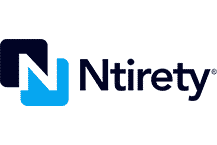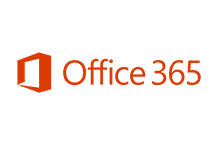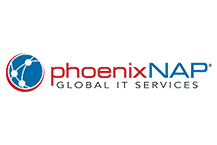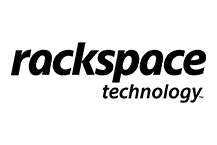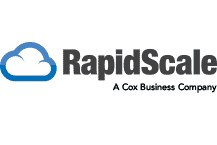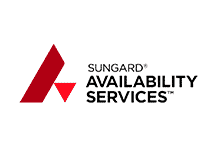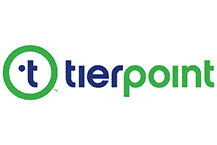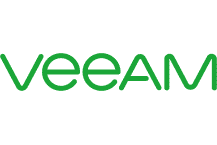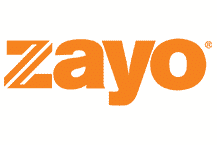Cloud Overview
- Home
- Cloud Overview
Cloud Overview
Cloud, as a category, can be summarized as any “X” aaS offering. Whether you’re considering Infrastructure as a Service (IaaS), Disaster Recovery as a Service (DRaaS), Desktop as a Service (DaaS), Backup as a Service (BaaS), or any other “X” aaS, it’s all about taking the hardware and software that used to live on premises, and migrating it to the ever-resilient, flexible, and capable Cloud.
SERVICES
Backup as a Service (BaaS) and Disaster Recovery as a Service (DRaaS) – protects a copy of a customer’s data in the cloud as a failsafe
- Desktop as a Service (DaaS) – virtual desktops are stored in the provider’s data center and accessed through a secure web portal
- Managed Office 365 – email services are managed by a service provider and stored in the provider’s data center
- Infrastructure as a Service (IaaS) – virtual servers that are located in the service provider’s data center
- Managed Public Cloud – layering managed services on top of a public cloud provider (AWS, Google Cloud, MS Azure, etc.)
BACKUP & DISASTER RECOVER
Backup as a Service (BaaS) protects the data, and typically allows for recovery of a file or server back to the customer’s on-prem environment.
Disaster Recovery as a Service (DRaaS) protects the business, and allows for recovery of the entire IT environment (servers, storage, networking, apps, data) in the cloud.
What do you do for DR today?
- Single server failure? Whole data center failure?
- How frequently do you test your DR solution?
- Where do you struggle with DR today?
- What is the cost of downtime (per day, per hour) for your company? (Rough estimate: annual revenue divided by business days, divided by hours per day)
How do you back up your data today?
- Is there an offsite data protection strategy?
- If you could improve your backup strategy, what would you do?
Do you have any compliance requirements that affect your backup/DR strategies?
DAAS
Desktop as a Service (DaaS) provides virtual desktops to end users, allowing them to use any device (laptop, tablet, phone, thin client). It differs from VDI in that the provider hosts and manages the desktop virtualization platform.
What’s your company policy around BYOD (Bring Your Own Device)?
- What devices do employees work from (laptops, tablets, smartphones)?
- What’s your level of interest in virtualizing desktops?
- If you tried VDI, how did it go?
How do you currently back up or protect data on endpoints?
What does your current endpoint provisioning process look like?
- Adding new standard workers?
- Adding contractors?
- De-provisioning and repurposing hardware?
MANAGED OFFICE 365
Managed Office 365 involves layering managed services on top of Microsoft Office 365, which provides hosted email, file sharing, IM and screen sharing, and Office applications. Managed services include migrations, dedicated support teams, monitoring, security, archiving, and business continuity. Many Managed O365 providers also offer standalone Hosted or Dedicated Exchange for email only.
Tell me about your current email platform – what it is, where it’s hosted, etc.
- Which security and compliance regulations do you need to adhere to? How do you address them?
- What solutions do you have in place for email security, archiving, or business continuity?
- Do you want to bundle in Office apps, SharePoint, OneDrive, or Skype for Business?
- If you’re looking at hosted email or O365, how will you handle non-disruptive migration/cutover?
For on-prem email customers:
- How do you provide redundancy for your on-prem email system?
- How much time do you spend managing, administering, and upgrading your email?
For existing Office 365 customers:
- How would you describe the level of support you’ve received from Microsoft?
IAAS
Infrastructure as a Service (IaaS) provides virtual or physical servers on demand. The servers, storage, and network hardware are located in the provider’s data center and abstracted for the customer.
What is your company’s cloud strategy?
- What cloud services do you use today? (Dropbox, Mozy, Salesforce, Office 365)?
- Where is your infrastructure located?
- What are your plans for your next hardware refresh?
- Does your business typically prefer capital or operational expenses?
Describe any IT challenges you face today.
- Which IT functions take up the most of your time?
- Is there anywhere you need to improve performance? Have you had any downtime?
- What sort of compliance or security regulations do you need to adhere to? Managed Public Cloud Infrastructure as a Service
- Which services would you prefer to manage yourself? Which could you benefit from outsourcing?
MANAGED PUBLIC CLOUD
Managed Public Cloud involves layering managed services on top of a public cloud provider such as Amazon Web Services, Microsoft Azure, or Google Cloud Platform. This includes migration services and consulting, bill consolidation and cost optimization, backup and disaster recovery, security and governance, private connectivity, and patching and managed services.
- Which public cloud providers are you using today? Which are you planning to use?
- How will you secure access into the public cloud, beyond simple firewall rules?
Are you a public cloud customer?
- How have you determined which platform is best for your needs?
- Describe your migration plan to get to the public cloud. Lift and shift, re-architect, or build new? In-house or third party?
If you are current a public cloud customer:
- Do you have certified solutions architects on staff?
- How do you provide redundancy and high availability for your public cloud environment?
- How do you manage billing and contain your monthly costs?
- What do you do with test/dev resources when they aren’t in use?
- How do you connect to the public cloud today?
MARKET RESEARCH

